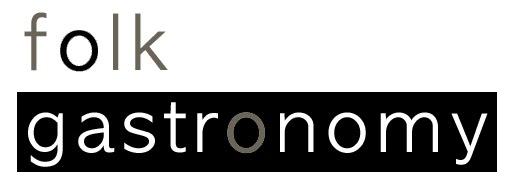the first in a series of conversations about food and the city, foodprint nyc will take place february 27 from 1 to 5:30 pm, and is being hosted by columbia university's downtown studio-x space. co-organized by edible geography's nicola twilley and sarah rich, this free event will cover:
how our urban food systems work today, how historical forces have
shaped them until now, how they might develop in the future, and
how these food systems, in turn, have shaped our environment and
ourselves.
the schedule of guests will include topics covering zoning diet, culinary cartography, edible archaeology, and feast, famine, and other scenarios. if you can't make it, the event will be broadcast on columbia university's itunes u channel and i will be in attendance, reporting omnisciently.
[image: cornell.edu | plans for ebenezer howard's garden city. greatly influenced by edward bellamy's 1888 utopian novel, looking backward, howard's single publication, to-morrow: a peaceful path to real reform, reprinted in 1902 as garden cities of to-morrow, imagined a world free of slums and full of opportunity. the realization of his model in both letchworth garden city and welwyn garden city influenced suburban development of new towns after world war ii]
how historical forces have shaped our urban food systems is a theme author and architect, carolyn steel discusses on ted, as well as in her book, the hungry city: how food shapes our lives. in her book, she introduces the idea of sitopia- a greek binomial of sitos, meaning food, and topos, meaning place- as a way of re-thinking cities and the way we live in them. her work references the garden city movement, an approach to urban planning that was founded in 1898 by sir ebenezer howard in the united kingdom.
[image: agnes denes, wheatfield- a confrontation | 1982]
using the hague as a case study, stroom den haag kicked off the program, foodprint. food for the city.- with the goal of creating a sort of noosphere from designers, entrepreneurs, artists, farmers, food experts, and the public to delimit the scope a handful of distributors have on our urban food networks. among the guests was carolyn steel. watch her lecture here.





No comments:
Post a Comment